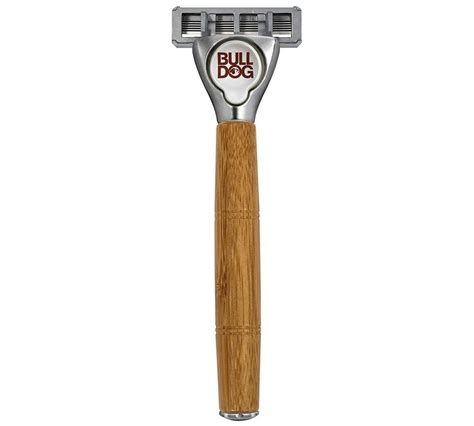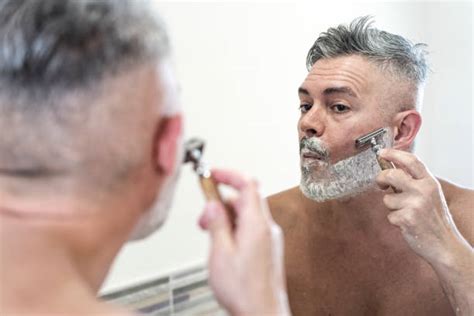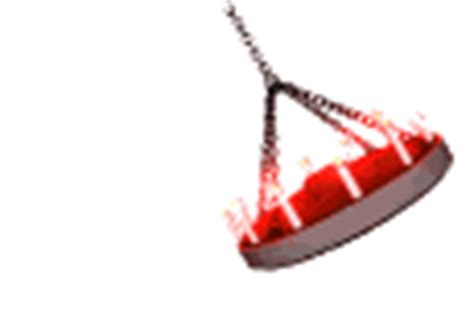Optimal shave: How to prevent razor burn and ingrowns for peak skin performance?

For many, shaving is a daily ritual, yet it often comes with unwelcome guests: razor burn, redness, and painful ingrown hairs. These common skin woes can detract from an otherwise polished look and significantly impact skin comfort and health. Achieving a smooth, irritation-free shave isn’t just about the right razor; it’s about understanding your skin and implementing a strategic approach to your grooming routine. This guide will walk you through the essential steps and expert tips to transform your shaving experience, ensuring peak skin performance every time.
Understanding the Enemy: Razor Burn and Ingrown Hairs
Before we dive into prevention, let’s clarify what we’re up against. Razor burn is characterized by redness, stinging, and small red bumps that appear shortly after shaving. It’s often caused by a dull blade, dry shaving, excessive pressure, or shaving against the grain. Ingrown hairs, on the other hand, occur when a hair curls back or grows sideways into the skin instead of growing upwards out of the follicle. This can lead to red, itchy, and sometimes pus-filled bumps, particularly common in areas with coarse hair or curly hair types.
The Essential Pre-Shave Ritual
A successful shave begins long before the blade touches your skin. Proper preparation is paramount for softening hair and opening pores, creating a smoother path for your razor.
- Exfoliate Gently: 12-24 hours before shaving, use a mild physical or chemical exfoliant to remove dead skin cells and lift any trapped hairs. This minimizes the risk of ingrowns.
- Warm Water & Steam: Take a warm shower or apply a hot, damp towel to your face for a few minutes. Heat and steam soften your hair follicles, making the hairs easier to cut and reducing resistance.
- Apply Pre-Shave Oil: A quality pre-shave oil creates a protective barrier between your skin and the blade, allowing for better glide and further softening the hair. Apply a small amount and massage it into the area you plan to shave.

Mastering the Shave Itself
This is where technique truly matters. Precision and care during the shave are crucial for preventing irritation.
- Use a Sharp Blade: This cannot be stressed enough. A dull blade drags, pulls, and causes micro-tears in the skin, leading to razor burn. Change your blade every 5-7 shaves or when you feel any tugging.
- Lather Up with Quality Cream: Opt for a rich, moisturizing shaving cream or gel that creates a thick lather. This lubricates the skin and helps the blade glide effortlessly. Let it sit on your skin for a minute or two before shaving.
- Shave With the Grain (First Pass): Always start by shaving in the direction of your hair growth. This is the least irritating method. If you desire a closer shave, you can re-lather and go across the grain, or even against it, for subsequent passes, but always with extreme caution and only if your skin can tolerate it.
- Light Pressure: Let the razor do the work. Pressing too hard can cause nicks, cuts, and irritate the skin.
- Rinse Your Blade Frequently: Rinse your razor under hot running water after every 1-2 strokes to clear away hair and cream buildup, ensuring optimal cutting efficiency.

The Crucial Post-Shave Care
Your work isn’t done once the last hair is gone. Post-shave care is vital for calming the skin and locking in moisture.
- Cold Rinse: Rinse your face with cold water to close your pores and soothe the skin.
- Apply an Alcohol-Free Aftershave Balm: Avoid aftershaves with high alcohol content, as they can dry out and irritate the skin. Instead, choose a soothing, hydrating balm containing ingredients like aloe vera, witch hazel (alcohol-free), or allantoin.
- Moisturize Regularly: Even on non-shaving days, keep your skin hydrated with a good moisturizer. Well-moisturized skin is more resilient and less prone to irritation.

Advanced Tips for Persistent Problems
If razor burn and ingrowns remain a persistent issue, consider these additional strategies:
- Consider a Single-Blade Razor: Multi-blade razors can sometimes cut hair below the skin’s surface, increasing the likelihood of ingrown hairs as the hair tries to regrow. A single-blade safety razor or a straight razor can reduce this problem by cutting the hair closer to the skin’s surface.
- Experiment with Electric Razors: Some individuals find electric shavers less irritating than blade razors, as they don’t cut as close and reduce direct skin contact.
- Reduce Shaving Frequency: If possible, shave every other day, or less often, to give your skin time to recover.
- Topical Treatments: For stubborn ingrowns, consider using over-the-counter products containing salicylic acid or glycolic acid to exfoliate and free trapped hairs. Consult a dermatologist for persistent or severe cases.

When to Seek Professional Advice
While these tips are highly effective for most, severe or chronic cases of razor burn and ingrown hairs might warrant a visit to a dermatologist. They can offer prescription-strength treatments, suggest laser hair removal options, or provide personalized advice for your specific skin type and hair growth patterns.

Conclusion
Achieving an optimal shave that leaves your skin smooth, healthy, and free from irritation is entirely within reach. By adopting a meticulous pre-shave, shave, and post-shave routine, using the right tools, and understanding your skin’s unique needs, you can say goodbye to razor burn and ingrown hairs for good. Embrace these practices, and enjoy the confidence that comes with peak skin performance.







